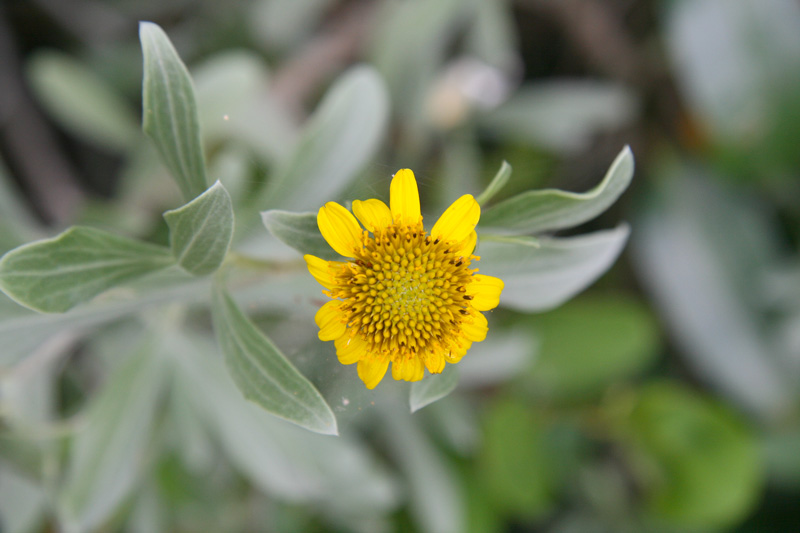
Sea oxeye daisy (Borrichia frutescens) is now full of flowers in the coastal wetlands at Oslo Riverfront Conservation Area (ORCA) and elsewhere. Bushy seaside oxeye and bushy seaside tansy are other common names for this colonial perennial plant of saline and soggy spaces.

Sea oxeye daisy spreads by underground rhizomes in saline mud where little nitrogen, phosphorus, and potassium are available. Saltiness is not required, so you can grow this drought-tolerant plant in your landscape for its quarter-sized daisies and its gorgeous grey-green succulent leaves. Its leaves, though, will be puffier in saltier sites since this plant sequesters excess salt in its leaf tissues.
The “sea” of sea oxeye daisy shown above was photographed at Pelican Island National Wildlife Refuge along Highway A1A. Lots of great southern white butterflies (Ascia monuste) were nectaring on the daisies rather than the nearby common beggarticks (Bidens alba).
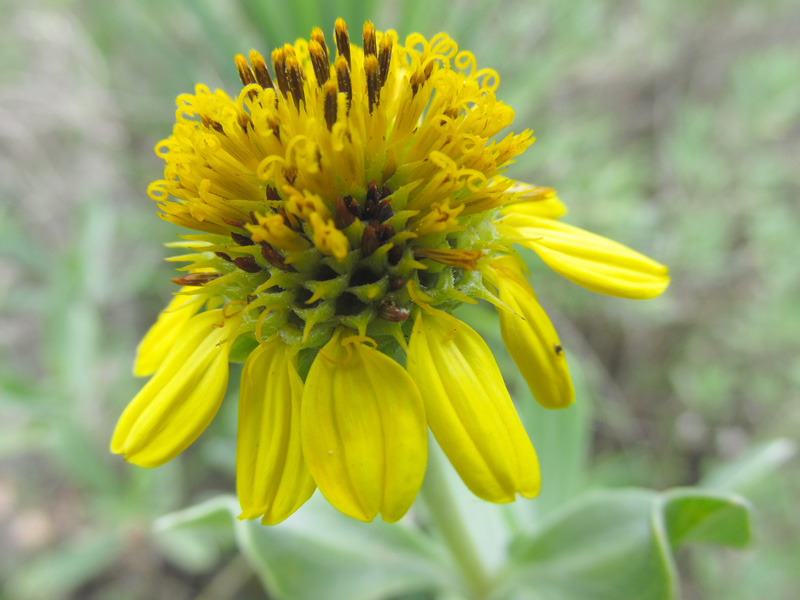
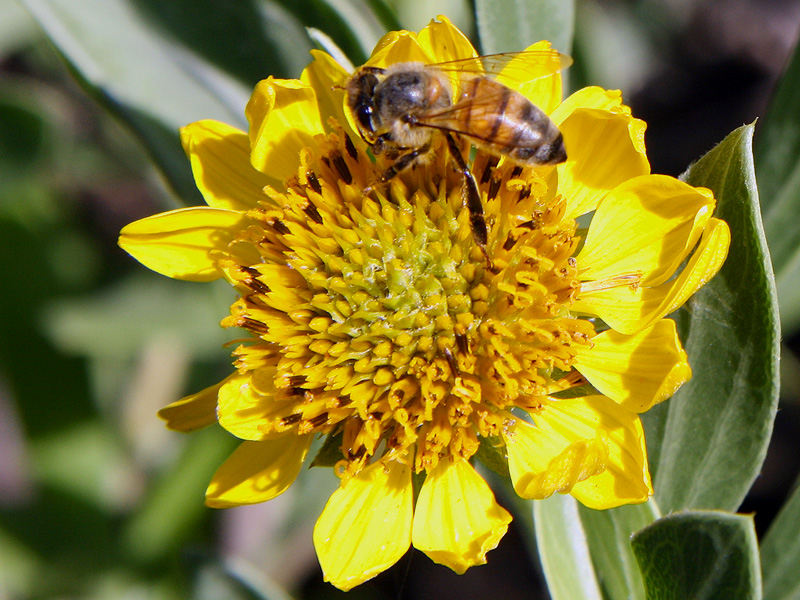
Pollinators including European honeybees (Apis mellifera) return to the tiny flowers of the central disk as they open over time – from the outside rows to the inner rows. The tiny dry seeds that follow sometimes are eaten by granivorous birds.
Sometimes you will find a bulbous growth – a gall – on the stems of sea oxeye daisy. This usually solitary gall is the handiwork of a tiny midge, Asphondylia borrichiae …
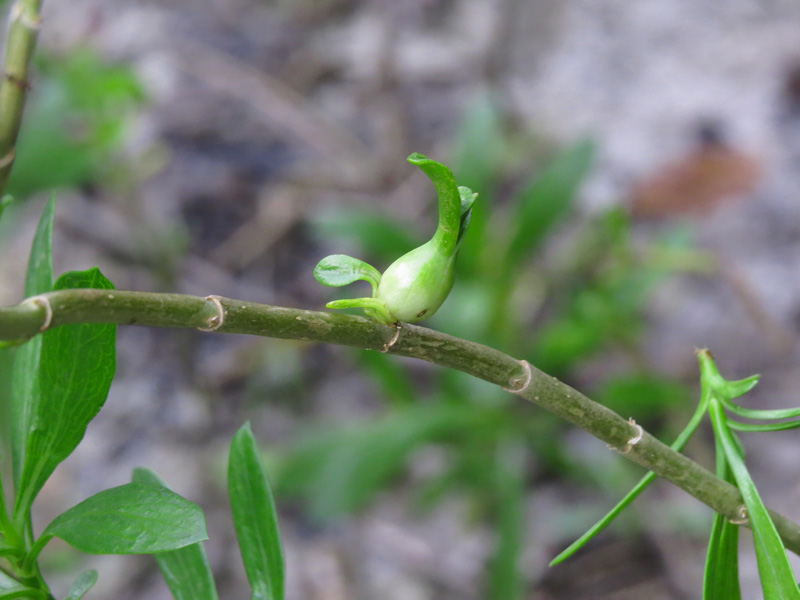
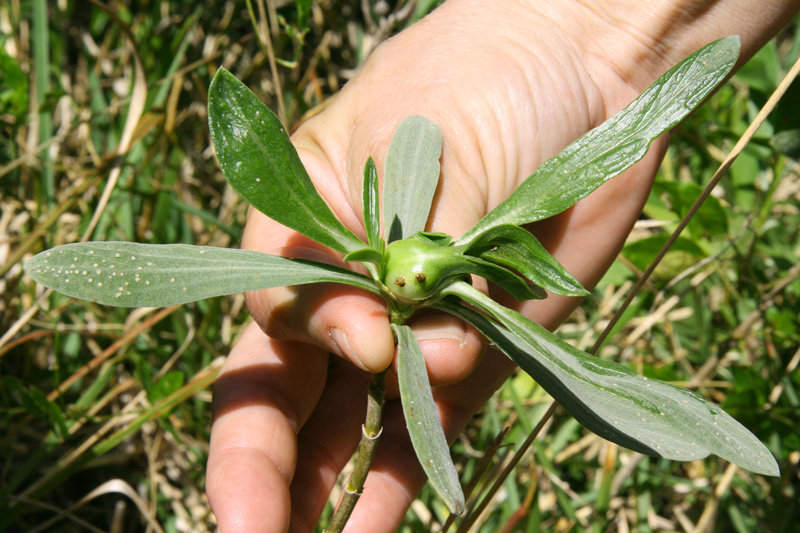
The gall often will prevent a stem from flowering and sometimes can kill off the stem. A gall will contain an average of 1 – 3 larvae, with a maximum of 8.
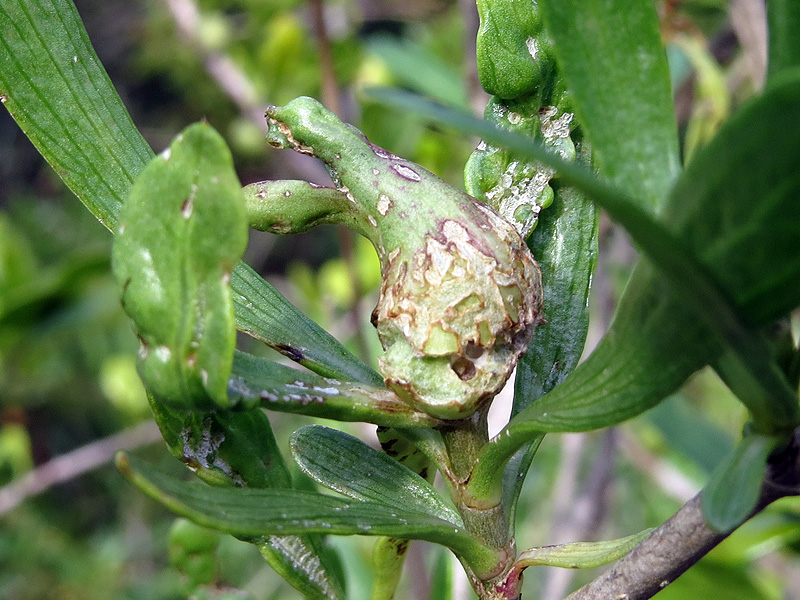
Check out the exit hole above. Not all larvae make a successful exit. 3.1% of the larvae and pupae in a gall are predated by birds. Other larvae fall prey to tiny tiny wasps. At least four species of wasps parasitize the gall larvae and pupae. Wonder what else is going on with these galls on this plant so well-adapted to the difficult circumstances of salt marsh survival?
